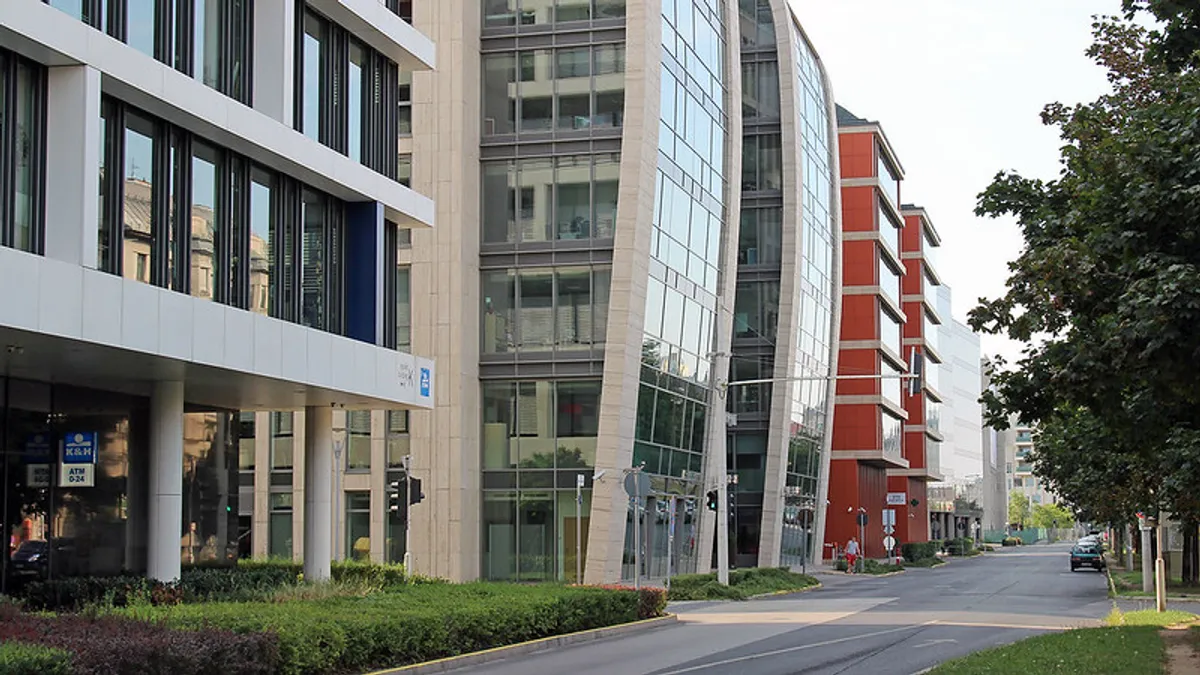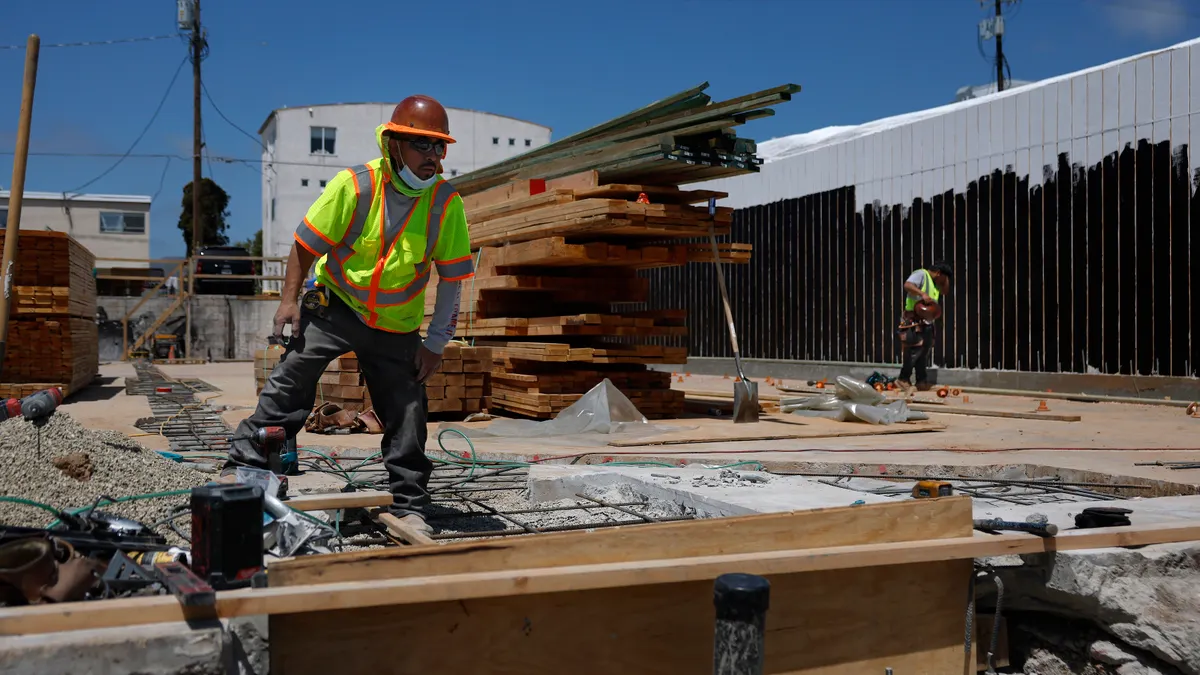Editor's Note: The following is a guest post from Tim Curran, CEO of Building Engines.
Calls to get the American economy back to "normal" are hard to ignore — and rightfully so. The success of our economy and, arguably, our country hinges on people returning to work, kids to school and everyone to routines of dining out, spending at retail stores and traveling to be with the friends and family they’ve distanced from over the past months.
States across the nation are in various stages of reopening, with certain limitations being lifted by governors and optimism that future phases to commence throughout the summer. At the federal level, the Trump administration has assembled a team dedicated to reopening the economy — including a task force made up of several industry titans, like Vornado CEO Steve Roth and Related Chairman Stephen Ross, who sit atop real estate empires.
But from those ivory towers and within the walls of state and local governments tasked with addressing so many disparate, conflicting details, one can only be left to wonder: Are the policy decisions taking into account the buildings where activity will return to? Do those laying out plans understand the complexities that go into ensuring the physical spaces we’ll all enter are prepared for both near-term re-occupancy needs and the longer-term changes that will result from COVID-19?
From the policy makers laying out guidelines to the property managers ensuring they are enacted, the bar for what is safe and right in workplace environments needs to be set high. While some have made bold claims touting a future that is primarily made up of a remote workforce, the truth is that hundreds of thousands will return to office towers, medical buildings and sprawling corporate campuses in the days, weeks and months ahead because these facilities are still necessary.
The handshake may be dead for the next decade, but it will be critical for companies that require collaboration and face time with customers, prospects and fellow teammates to perform at their peak.
The situation has been extremely challenging for the real estate industry, but the return can’t be rushed. Decision makers must view the slow return as an opportunity to take smart approaches that can be scaled and adjusted rapidly as guidelines shift quickly across state and city lines.
Getting this right will set the tone for real estate for decades to come. Any shortcuts could reverberate across the industry and the broader economy it so greatly influences, from the local shops and restaurants in Class A office lobbies, to the transit systems those employees rely on, and beyond.
Much of the focus to date has underscored existing expectations around wearing masks and staying six feet apart, or has been centered on what can be done to adjust office environments, like retrofitting popular open-concept layouts with partitions and private offices. However, that is not enough because so much of what happens in a building occurs beyond the confines of a leased space that can influence success — or failure.
There are several facets of building operations that policymakers must weigh — and have seemingly overlooked — to ensure the return to the office works for the near term and allows people to stay there long term. The fundamental, inner-workings of the modern office building extend far beyond working elevators and cushy amenities, and thus demand unprecedented guidelines for operating both private and shared spaces that may have hundreds, if not thousands, of people flowing through them each day.
For example, how will buildings communicate guidelines and safety measures with all tenants? There needs to be a seamless process for not only getting information and emergency updates to the right people in a timely manner, but also ensuring there are protocols that exist to relay new guidelines and safety measures, and track if such measures are delivered.
Beyond employees, there must be protocols for handling visitors — policies that ensure building operators know everyone who is coming into and out of a building and allow for a touch-free experience even when a guest is deemed low-risk. In many cases, this can also align with contact tracing applications and efforts that could prove critical to success in pre-vaccine times.
Perhaps even more important than what employees and visitors experience are the standards that building operators put in place on the back end. Systems must be in place to prioritize COVID-related work orders, especially as some may stem from emergency or sensitive situations and will — in some cases — need to be submitted from off-site.
Similarly, the bar will have to be raised for maintenance and inspections of key building systems, plus the addition of checks to ensure people are wearing masks and maintaining safe distances. In both of these cases, as well as when vetting outside vendors to deliver them, operators must also have the systems in place to track and report that standards are being met. Success will boil down to tight processes and workflows, checks and balances that proper maintenance is happening, with historical records as verification.
It will not be easy for owners and operators to deliver a solid occupant experience while maintaining revenue and controlling costs. But that is the standard the industry — and those in charge of making policies for it — must consider. Ultimately, everyone is working toward a shared goal right now: to safely return to a sense of normalcy.
Guidelines and policies must make specific considerations for the place so many Americans will inevitably continue to spend the majority of their time: the office. As office buildings have long been landmarks for America and a sign of our way of life, so too must a safe, thoughtful return to those places be a beacon of hope for the future.


















